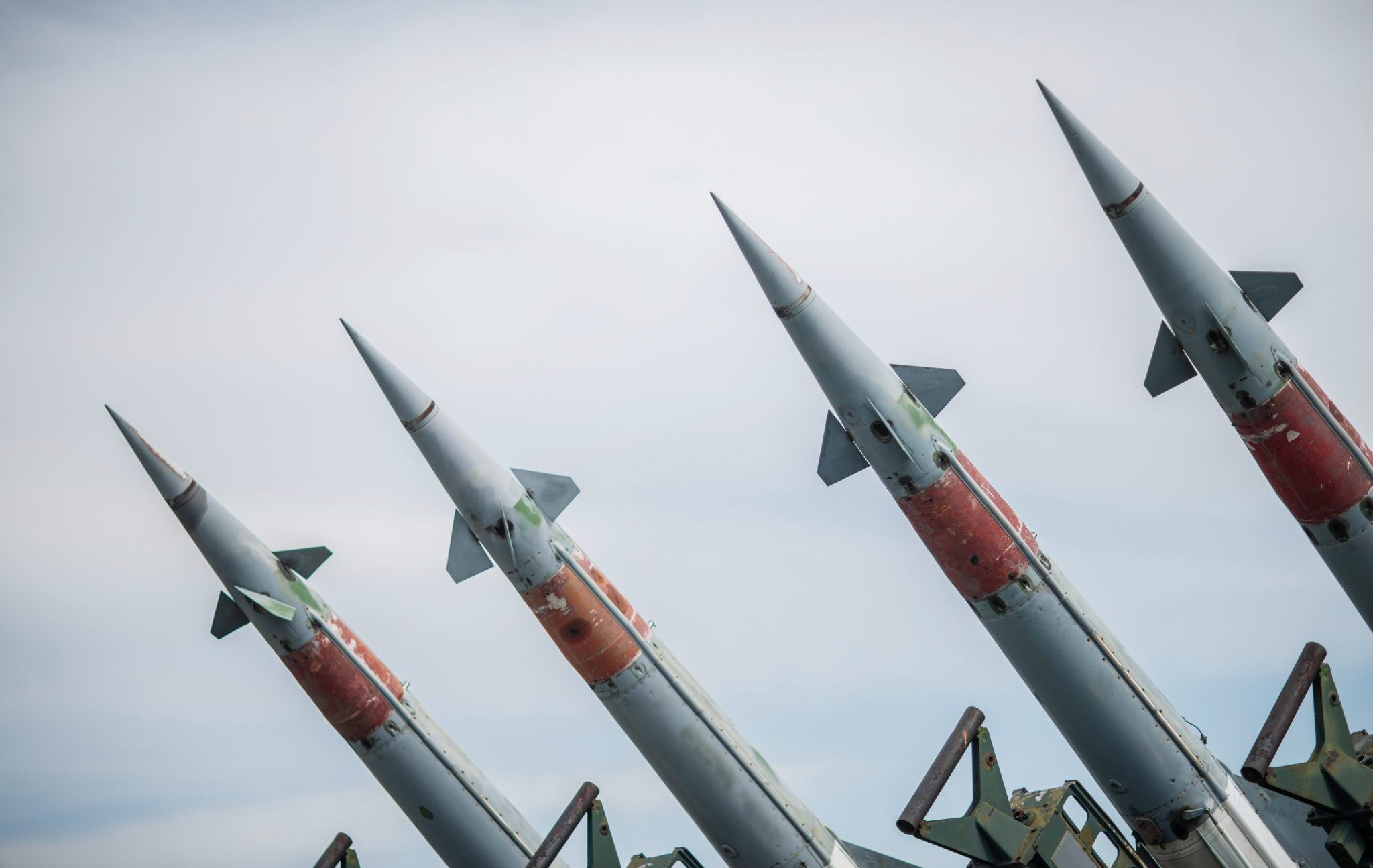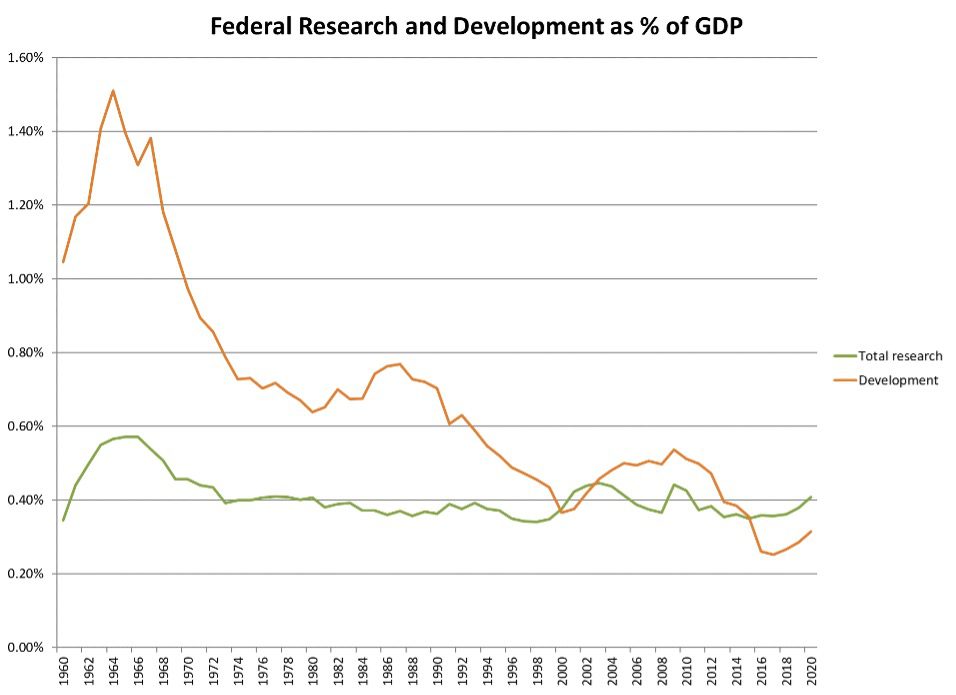Hawks, or Pigeons in a Bad Mood?

Few dispute that the Ukraine crisis brings with it the risk of nuclear escalation. The reverse also might be true: The Ukraine crisis may be the result of a shift in the world’s nuclear balance.
With an economy smaller than the state of Texas, Russia has built strategic weapons superior to many in the American arsenal. These include land as well as submarine-launched hypersonic weapons that can carry nuclear missiles past any American defense, as well as the world’s best air defense system, the S-500. The October 4, 2021, test of Russia’s submarine-launched “Zircon” hypersonic missile was the first-ever underwater firing of a low-altitude weapon that flies at nine times the speed of sound, according to Russian claims. A Russian sub lurking a hundred miles off the American coast could nuke Washington in a flat minute.
A day later Russia test-launched its S-500 air defense system, designed to destroy aircraft and missiles in a 600-kilometer radius, including targets in close space. And last December, Russia claimed to have tested the S-550 upgrade, which allegedly can destroy ICBMs as well as satellites. Russia has sold the earlier S-400 system to India, China, and Turkey; India may be the first foreign customer for an S-500.
In August 2021, China circled the globe with a low-flying hypersonic glide vehicle. Its DF-ZF hypersonic glide vehicle has been operational since October 2019. Both the Chinese HGVs and conventional surface-to-ship ballistic missiles presumably can penetrate or swamp the defense of American aircraft carriers. There is some debate over whether China’s 1,300 medium-range surface-to-ship missiles can track and kill a carrier at full steam.
We do not know how effective the new offensive and defensive weapons are. Russia conducted these tests in full view of Western observers and disclosed their alleged capabilities in public statements. The key questions remain open. Is Russia bluffing, or is it giving the West fair warning of its new capabilities? To what extent has Russia built an effective missile shield? How many of the new S-500 or S-550 batteries can Russia put into the field? How quickly could Russian and Chinese missiles and lasers put our satellites out of action? How vulnerable are American aircraft carriers? The new technologies are formidable, but these are early days.
We are in a twilight world of strategic arms competition. A reference point for comparison might be the advent of the torpedo bomber at the outset of World War II, which proved the obsolescence of the battleship—until then the epitome of military power—with the attack at Pearl Harbor, with the destruction of the Italian fleet at Taranto, with the loss of the Prince of Wales and Repulse near Singapore, and with the sinking of the Bismarck in the North Atlantic. None of the world’s navies acknowledged that the battleship was obsolete until 1940.
My best guess is that if Russia and China do not have a strategic advantage yet, they will, on the present trajectory, have a strategic advantage in a very few years. That includes China’s full-court press in the application of artificial intelligence. The National Security Commission on Artificial Intelligence wrote in 2021: “It is no secret that America’s military rivals are integrating AI concepts and platforms to challenge the United States’ decades-long technology advantage. We will not be able to defend against AI-enabled threats without ubiquitous AI capabilities and new warfighting paradigms.” What should be intolerable is that the United States, the winner of the Cold War and the sole inventor of the digital revolution, finds itself at a disadvantage in defense technology.
A full evaluation of the shift in strategic weapons advantage probably isn’t possible at this juncture; if it were, it would rank among the most closely guarded of state secrets. Nonetheless these considerations bear directly on urgent issues of the moment which have profound impact on the conditions of life and the security of Americans, and which must remain subject to the deliberations of democratic government.
The hard questions to ask of our government are:
First, how is it possible that Russia and China have gained a strategic advantage over the United States in hypervelocity glide vehicles, missile defense, and other key aspects of military technology? America’s military budget is triple that of China and dectuple that of Russia, yet we have wasted vast resources on fruitless foreign wars and overpriced weapons that may be already obsolete.
Second, what is America’s national interest in the expansion of NATO? Is Ukraine’s prospective accession to NATO an attempt at an end run around Russia’s new generation of missile defense, by making it possible to station missiles close enough to Russian cities to get under Russia’s defense umbrella?
That, apparently, is what Vladimir Putin believes. He said on February 23, on the eve of his invasion of Ukraine:
The Alliance, its military infrastructure has reached Russia’s borders. This is one of the key causes of the European security crisis; it has had the most negative impact on the entire system of international relations and led to the loss of mutual trust.
The situation continues to deteriorate, including in the strategic area. Thus, positioning areas for interceptor missiles are being established in Romania and Poland as part of the US project to create a global missile defense system. It is common knowledge that the launchers deployed there can be used for Tomahawk cruise missiles – offensive strike systems.
In addition, the United States is developing its all-purpose Standard Missile-6, which can provide air and missile defense, as well as strike ground and surface targets. In other words, the allegedly defensive US missile defense system is developing and expanding its new offensive capabilities.
The information we have gives us good reason to believe that Ukraine’s accession to NATO and the subsequent deployment of NATO facilities has already been decided and is only a matter of time. We clearly understand that given this scenario, the level of military threats to Russia will increase dramatically, several times over. And I would like to emphasize at this point that the risk of a sudden strike at our country will multiply.
I will explain that American strategic planning documents confirm the possibility of a so-called preemptive strike at enemy missile systems. We also know the main adversary of the United States and NATO. It is Russia. NATO documents officially declare our country to be the main threat to Euro-Atlantic security. Ukraine will serve as an advanced bridgehead for such a strike…
Finally, after the US destroyed the INF Treaty, the Pentagon has been openly developing many land-based attack weapons, including ballistic missiles that are capable of hitting targets at a distance of up to 5,500 km. If deployed in Ukraine, such systems will be able to hit targets in Russia’s entire European part. The flying time of Tomahawk cruise missiles to Moscow will be less than 35 minutes; ballistic missiles from Kharkov will take seven to eight minutes; and hypersonic assault weapons, four to five minutes. It is like a knife to the throat. I have no doubt that they hope to carry out these plans, as they did many times in the past, expanding NATO eastward, moving their military infrastructure to Russian borders and fully ignoring our concerns, protests, and warnings.
Putin’s reference to interceptors in Poland and Romania refers to American remonstrations that the missile sites only provide a defensive shield against Iranian missiles. According to a document first published by Spain’s El Pais and later verified by U.S. sources, the U.S. offered to allow Russia to inspect the sites. According to the U.S. Naval Institute, Putin is correct that the installations “can field a variety of missiles.”
As an analytical exercise, let us assume for a moment that Putin meant exactly what he said on Feb. 23: NATO expansion into Ukraine represents positioning for strategic nuclear advantage. By no means do I endorse Putin’s illegal and reprehensible invasion of Ukraine. But that is no reason to exclude the possibility that Putin’s actions are a rational response to prior actions by the United States. Jack F. Matlock, Reagan’s ambassador to the Soviet Union during 1987-1991, compares Russia’s objections to Ukraine’s NATO membership to America’s objections to Russian missiles in Cuba.
Cuba, though, is a less appropriate historical reference point than is the November 1983 nuclear crisis during the Operation Able Archer exercise. The United States had deployed Pershing II intermediate-range missiles in Germany and Italy. Russia mistook the highly realistic exercise, which brought in Margaret Thatcher and Helmut Kohl as live players, for an incipient nuclear strike. The world missed nuclear war by a whisker. The Communist leadership in Moscow considered America’s enormous military buildup, its technological advantages, and its commitment to the Strategic Defense Initiative. It weighed the merits of fighting a nuclear war with the United States while it still could and decided not to. That was the beginning of the end of the Soviet Union.
America had the technological edge in 1983. Today, it appears that Russia and China have gained a technological edge and are poised to extend it. That should be the occasion for a Sputnik Moment—national debate on the direction of our country. The same technologies that make us more secure give us new industries, higher productivity, and higher living standards. The fact that we have fallen behind represents a catastrophic failure on the part of the bipartisan elite that wasted endless blood and treasure on foreign adventures while neglecting the real sources of our national strength, our technological advantage and our manufacturing industry.
Federal development spending—including the design and testing of new weapons technologies—fell from 1.5 percent of GDP during the first days of the Apollo program, to 0.8 percent of GDP in 1984 and just 0.3 percent of GDP today, according to the National Science Foundation. That is the consequence of massive misallocation of resources in pursuit of the failed utopian project of remaking the world in America’s image.

The hard question that should be asked, and asked relentlessly, is this: Has America’s foreign policy establishment reacted to its failure by doubling down, promoting the expansion of NATO to compensate for America’s growing strategic disadvantage?
Reagan proposed peace through strength. The foreign policy establishment instead offers provocation from weakness. After-the-fact attempts to compensate for past blunders may be leading us closer to a war that we well might lose, with the risk of a nuclear war that no one would win. There is a temptation to fight a war now rather than wait while the odds shift against us. The American establishment aren’t hawks. They’re pigeons in a bad mood.
David P. Goldman is president of Macrostrategy LLC and a Washington Fellow at the Claremont Institute’s Center for the American Way of Life. He writes the “Spengler” column for Asia Times Online and the “Spengler” blog at PJ Media, and is the author of You Will Be Assimilated: China’s Plan to Sino-Form the World and How Civilizations Die (and Why Islam is Dying Too).
Comments